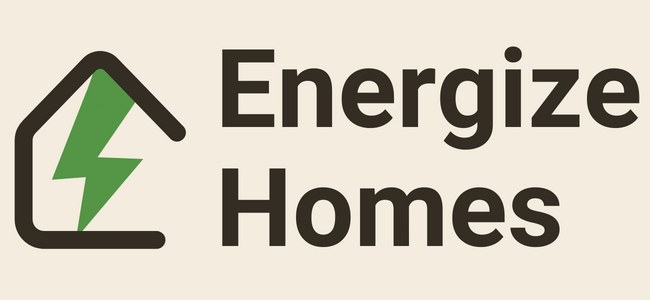Evaluating the Pros and Cons of Spray Foam Insulation
One-Sentence Summary: For those prioritizing long-term energy conservation and thermal efficiency, the pros of spray foam insulation generally outweigh the cons, although budget constraints and environmental impact should be carefully considered.
Spray foam insulation is a hot topic within the realms of home energy efficiency and sustainability. But what are the pros and cons of using it for energy conservation? Let’s dig into this subject by examining the thermal performance, air sealing capabilities, material considerations, and cost-benefit analysis.
Thermal Performance: R-Value Metrics
Spray foam insulation is generally classified into two categories: Open-cell and Closed-cell.
| Type | R-Value per Inch |
|---|---|
| Open-Cell | R-3.5 to R-3.6 |
| Closed-Cell | R-6.0 to R-7.0 |
Closed-cell has a higher R-value, making it more effective at reducing heat transfer. However, open-cell is sufficient for many applications and is generally less expensive.
Pros
- Higher R-Values: Closed-cell variants offer best-in-class R-values.
- Variable Density: You can choose foam types based on your specific thermal requirements.
Cons
- Material Decomposition: Over time, R-values can slightly degrade.
- Thickness Limitations: Open-cell foam needs to be thicker to achieve the same R-values as closed-cell.
Air Sealing: Impermeability Factor
One of the key advantages of spray foam is its ability to act as an air barrier.
Pros
- Air Sealing: Exceptional at stopping air infiltration, thereby reducing HVAC load.
- Humidity Control: Helps in controlling indoor humidity by blocking moisture ingress.
Cons
- Off-Gassing: Some products may off-gas volatile organic compounds (VOCs), requiring proper ventilation.
Material Considerations: Lifecycle and Environmental Impact
| Criteria | Open-Cell | Closed-Cell |
|---|---|---|
| Biodegradability | Moderate | Low |
| Raw Materials | Less resource-intensive | More resource-intensive |
Pros
- Durability: Resistant to mold, pests, and most types of decay.
- Soundproofing: Open-cell foam offers good acoustic insulation.
Cons
- Environmental Concerns: Closed-cell uses hydrofluorocarbons (HFCs), contributing to a higher Global Warming Potential (GWP).
Cost-Benefit Analysis: ROI Calculations
Installing spray foam insulation is an investment that requires a thorough cost-benefit analysis.
Pros
- Long-Term Savings: Decreased energy bills pay off the initial costs over time.
- Property Value: Better insulation can contribute to an increased property valuation.
Cons
- High Initial Costs: Both material and specialized labor are more expensive compared to traditional insulation like fiberglass.
Conclusion
Spray foam insulation offers superior thermal performance and excellent air sealing capabilities, but it comes with a higher upfront cost and some environmental considerations.
